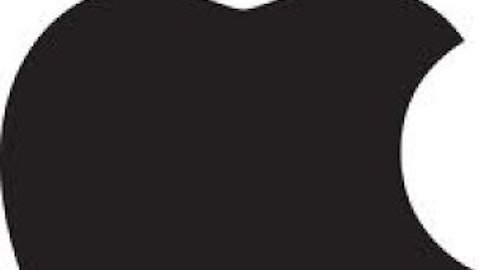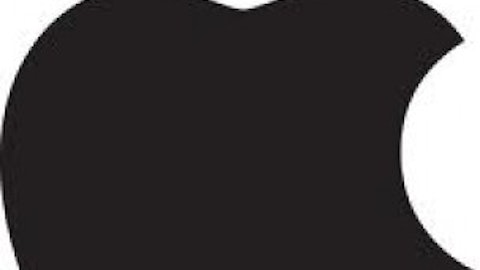On this day in economic and business history…
The bailout reshaped GM as a smaller company, its assets largely government-owned, with the United Auto Workers Union’s pension arm gaining control of approximately 20% of the company. GM would also shutter 14 plants after its bankruptcy, and would shed as many as 21,000 jobs, which was only in addition to the plants already closed, and the thousands of jobs already lost. General Motors Company (NYSE:GM)’s American workforce would shrink to less than a tenth the size of its postwar peak, when the company employed up to 400,000 people. GM’s bankruptcy was (and remains) the fourth-largest of all time, behind Lehman Brothers, Washington Mutual, and WorldCom. The bankruptcy also ended General Motors Company (NYSE:GM)’s 84-year tenure as a component of the Dow Jones Industrial Average 2 Minute (INDEXDJX:.DJI) — the Dow Jones Industrial Average 2 Minute (INDEXDJX:.DJI) replaced GM eight days later and, for the first time in decades, America’s largest industrial employer was no longer a part of its most-watched stock market index.
What caused GM’s collapse? The Economist painted a picture of inevitability shortly after the bankruptcy, explaining that a car company comprised of dozens of smaller car companies assembled through acquisitions could easily become unmanageable without corporate unity. The rise of unions in postwar America also planted the seeds of General Motors Company (NYSE:GM)’s demise, as its payrolls grew bloated, and its pension promises to hundreds of thousands of retirees became gold-plated. Competition from Japanese automakers also exposed GM’s flawed reliance on gas guzzlers when the price of oil shot up, first in the 1970s, and then during the years leading up to its bankruptcy. GM’s share of the American auto market had been in decline for decades — it had held over 40% of the market in the early 1980s, but had slipped to a share below 25% during the financial crisis.
General Motors Company (NYSE:GM)’s bankruptcy process was fast-tracked through the courts, and the company exited Chapter 11 after only 40 days. Nearly $130 billion in debts were gone, as were nearly 23,000 employees, and about 2,300 dealers. The Hummer, Saturn, Saab, and Pontiac brands were also on the chopping block. A year-and-a-half after filing for bankruptcy, the new GM returned to public markets with the largest IPO (by the size of its offering) in American history, raising $20 billion through the sale of shares predominantly held by the government.
Fronting the smartphone revolution
When Apple Inc. (NASDAQ:AAPL)‘s Steve Jobs approached Corning Incorporated (NYSE:GLW) in early 2007 with a seemingly impossible request for an ultrathin, ultrastrong glass to protect the soon-to-be-released iPhone, he couldn’t have known that Corning Incorporated (NYSE:GLW)’s engineers had been working on such a material for decades. In fact, the genesis of Gorilla Glass can be traced back to 1937, when photosensitive glass was first invented, and more specifically to Jun. 1, 1947, when the existence of such a glass became public.
How did photosensitive glass become the foundation for Gorilla Glass? First, let’s identify what photosensitive glass is to understand its origins. Invented in late 1937 by Corning Incorporated (NYSE:GLW) researcher Donald Stookey, photosensitive glass — as its name implies — functions similarly to photographic negatives. Exposure to ultraviolet light can create transparent images on the glass surface, but, when heated, these images will become visible. Complex imagery, including photographs, can be transferred this way, and part of the reason for the long delay between discovery and publicity is the use of this glass to send hidden messages during World War II.






